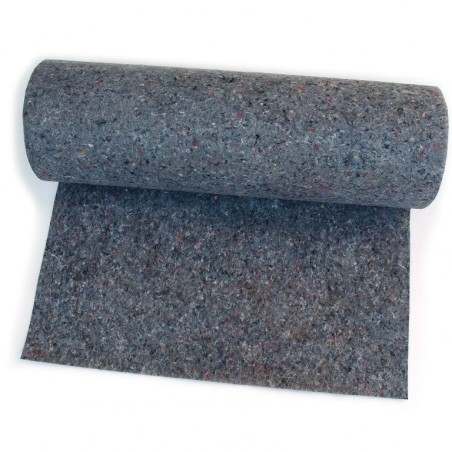Parturition of large litters is often prolonged, which drains sow energy during labor and can lead to different processes that affect postpartum uterine recovery, and subsequent milk production, progeny survival and growth. Nutritional strategies for sows designed to reduce peripartum stress are suggested to support postpartum recovery and productivity. Spray-dried plasma (SDP) in sow feed has been reported to benefit sow and litter performance. Stressed animals fed diets with SDP have a more efficient immune response supporting animal recovery and health. The objective of the present study was to determine if spray-dried porcine plasma (SDPP) added in peripartum feed affects sow productivity and serological immune and oxidation status markers around parturition. For that purpose, a total of 452 sows (147 parity 1 sows and 148 parity 2 sows) were supplemented with 0, 0.5, or 2.5% spray-dried porcine plasma (SDPP) in peripartum feed provided from entry in gestation through day 5 of lactation. Post-weaning sow productivity parameters including litter size at the next parturition were evaluated, but peripartum diets were only provided during the first parturition.
Results showed that total born litter size was lower in the first parturition, especially for sows allotted to the peripartum diet with 2.5% SDPP. Percentage of stillborn pigs decreased quadratically for sows fed 0.5% or 2.5% SDPP compared to 0% SDPP in peripartum feed and this result was not affected by total born litter size. Serum glutathione peroxidase activity linearly increased with increased dietary SDPP for both prepartum and postpartum sampling periods. In the next parturition, total born pigs from combined data of parity 1 and 2 sows linearly increased, and pigs born alive tended to linearly increase as the level of SDPP increased and this result was not affected by total born litter size in the first parturition. The change in total born and pigs born alive from the first to the next parturition linearly increased as dietary SDPP increased for parity 1 and 2 sows.

In conclusion, supplementation of SDPP to parity 1 and 2 sows in the peripartum feed might have caused a reduction of the percentage of stillborn pigs and the increase in litter size in the subsequent parturition, as these effects were independent of the total born litter size in the first parturition.
Crenshaw J, Del Río LL, Sanjoaquin L, Tibble S, González-Solé F, Solà-Oriol D, Rodríguez C, Campbell J, Polo J. Effect of spray-dried porcine plasma in peripartum sow feed on subsequent litter size. Porcine Health Management. 2021; 7(1): 1-16. https://doi.org/10.1186/s40813-020-00180-0





